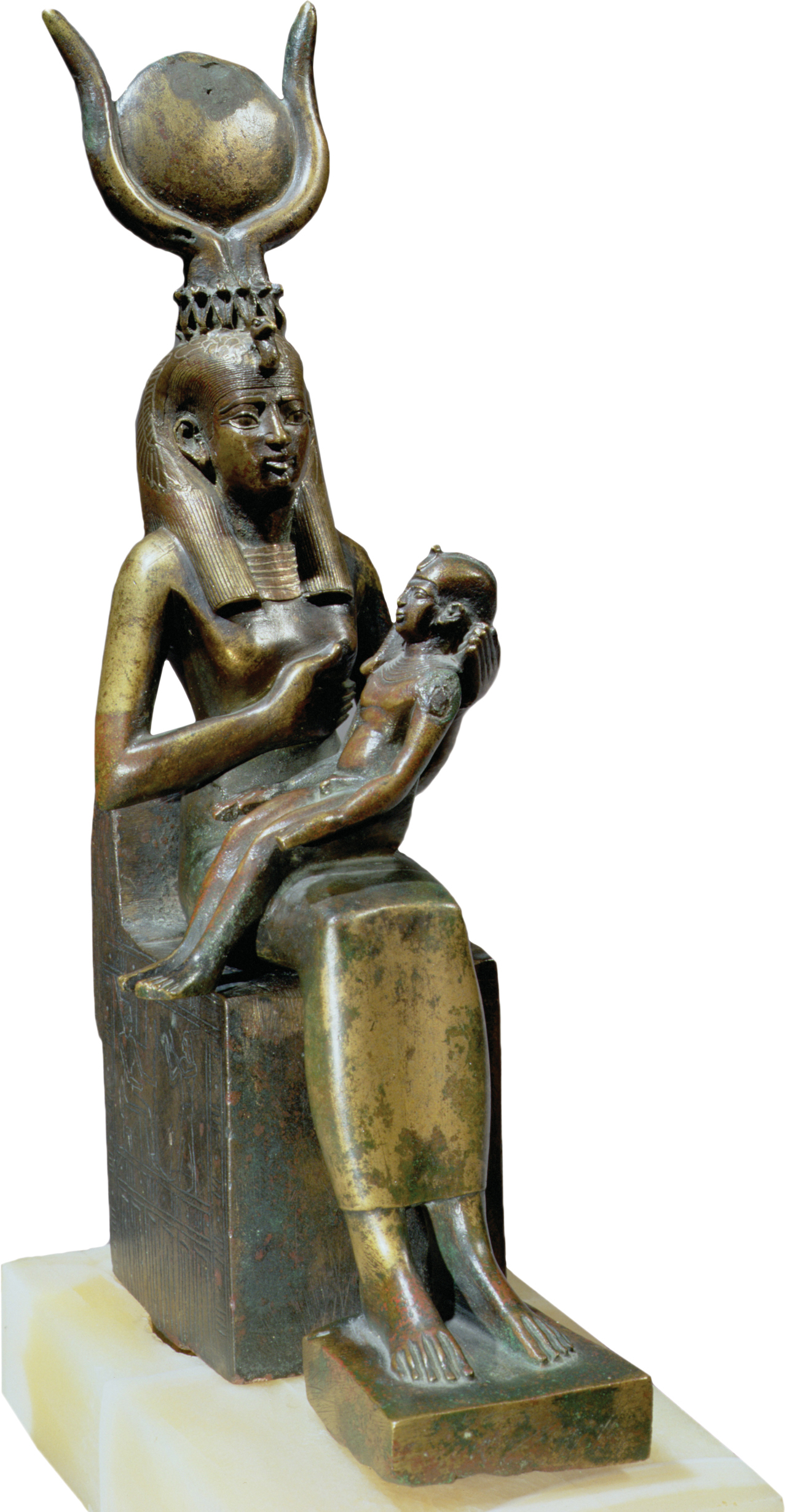A History of World Societies:
Printed Page 137
A History of World Societies Value
Edition: Printed Page 135
Religion in the Hellenistic World

When Hellenistic kings founded cities, they also built temples — staffed by priests and supported by taxes — for the old Olympian gods. In this way they spread Greek religious beliefs throughout the Hellenistic world. The transplanted religions, like those in Greece itself, sponsored literary, musical, and athletic contests, which were staged in beautiful surroundings among splendid Greek-
Increasingly, many people were attracted to mystery religions, which in the Hellenic period had been linked to specific gods in particular places, so that people who wished to become members had to travel. But new mystery religions, like Hellenistic culture in general, were not tied to a particular place; instead they were spread throughout the Hellenistic world, and temples of the new deities sprang up wherever Greeks lived.
Mystery religions incorporated aspects of both Greek and non-
Among the mystery religions the Egyptian cult of Isis took the Hellenistic world by storm. In Egyptian mythology Isis brought her husband, Osiris, back to life (see “The Nile and the God-King” in Chapter 2), and during the Hellenistic era this power came to be understood by her followers as extending to them as well. She promised to save any mortal who came to her, and her priests asserted that she had bestowed on humanity the gift of civilization and founded law and literature. Isis was understood to be a devoted mother as well as a devoted wife, and she became the goddess of marriage, conception, and childbirth. She became the most important goddess of the Hellenistic world. Devotion to Isis, and to many other mystery religions, spread to the Romans as well as the Greeks when the two civilizations came into greater contact.